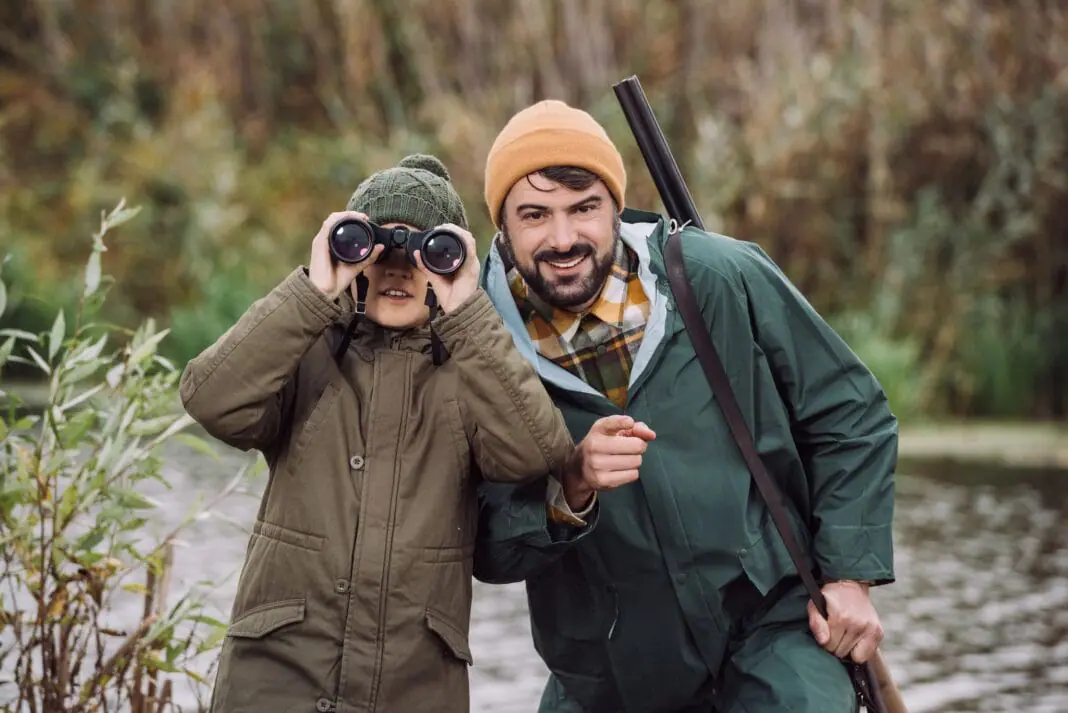Finding new hunting locations can be the key to a successful hunt and an enriching experience in the great outdoors. Whether you’re a seasoned hunter looking to explore new territories or a beginner eager to learn the ropes, this detailed guide will help you scout new hunting locations like a pro. With proper planning, research, and on-the-ground scouting, you can increase your chances of a rewarding hunting trip. Let’s delve into the essential steps for locating and evaluating new hunting areas.
Understanding the Basics of Hunting Location Scouting
Before we dive into the steps and strategies for scouting, it’s crucial to understand why choosing the right location is important. The right hunting spot can lead to more frequent wildlife encounters, a better strategic vantage point, and ultimately, a more successful hunt. Good scouting will also ensure safety and legal compliance, as well as improve the overall hunting experience.
Conducting Pre-Trip Research
Identify Game Species and Their Habitats
Start by determining which game species you’re interested in hunting. Different animals are found in varying habitats due to their dietary and shelter needs. Research the preferred environments of your target species, such as forests, grasslands, wetlands, or mountains, to narrow down potential hunting areas.
Use Technology to Your Advantage
Harness the power of technology by utilizing GPS devices, mapping apps, and wildlife databases. Popular apps like Google Earth, OnX Hunt, or HuntStand provide detailed topographical maps and overlays for public lands, private property boundaries, vegetation types, and water sources.
Gather Local Intel
Join local hunting forums, clubs, and social media groups. Engaging with local hunters can provide insider knowledge about the best spots, migration patterns, and game populations. Reach out to state wildlife agencies for information on areas with high densities of your desired game.
Analyzing Landscape Features
Evaluate Terrain and Vegetation
Carefully assess the landscape features visible in maps and satellite images. Note key features such as ridges, valleys, water sources, and expanses of cover that appeal to animals for feeding, bedding, and protection. Unique land formations like funnels or pinch points can increase game movement visibility.
Identify Food and Water Sources
Game animals are frequently found near abundant food and water sources. Determine the available vegetation, crops, mast-bearing trees, and aquatic zones within the area. Agricultural edges, food plots, and natural forage areas often serve as game hotspots.
Consider Access Points and Pressure Zones
Easy access for you can mean easy access for others. Consider areas that offer strategic entry points yet balance distance from heavily-trafficked zones. Identify areas less frequented by hunters to reduce pressure and increase your chances of a successful hunt.
On-the-Ground Scouting Techniques
Perform Physical Reconnaissance
Nothing replaces the value of walking the terrain. Look for signs of game activity such as tracks, scat, bedding areas, rubs, and scrapes. Pay close attention to travel corridors and transition zones.
Use Game Cameras Wisely
Set up game cameras in potential hotspots to monitor wildlife activity over time. Opt for areas with visible trails, crossings, or natural barriers to capture images or videos of passing game. Ensure legal compliance when placing and retrieving cameras.
Assess Human Activity and Impact
While scouting on foot, notice any signs of human presence like ATV trails, camping areas, or litter. A high volume of human activity can deter wildlife and affect your hunting success. Aim for locations with minimal disturbance signs.
Securing Permissions and Legal Considerations
Check Ownership and Acquire Permits
Ensure the land you want to hunt on is open to hunting, whether public or private. For private land, obtain the necessary permissions from landowners well ahead of your hunt. For public lands, verify current hunting regulations, seasons, and required permits or licenses.
Understand Hunting Regulations
Become familiar with local laws governing hunting in your chosen area, including legal hunting hours, specific species restrictions, and bag limits. Carry any required documentation while hunting.
Preparing for a Successful Hunt
Create a Strategic Game Plan
Based on your research and scouting findings, develop a detailed hunting strategy. Plan where to set up stands or blinds, entry, exit routes, and backup spots in case of changes in wildlife patterns or weather conditions.
Prepare Gear and Safety Measures
Ensure that all your hunting gear is in top condition, from firearms or bows to clothing and safety equipment. Carry necessary survival items, a first-aid kit, and ensure someone knows your hunting itinerary for safety.
Scouting new hunting locations like a pro involves a mix of technology, fieldwork, and local knowledge. By accurately identifying promising habitats, analyzing terrain, doing groundwork reconnaissance, and obeying legal protocols, you’ll be well on your way to discovering your next great hunting location. With diligence and respect for nature’s intricacies, you’ll improve your odds of a remarkable, successful hunt.


